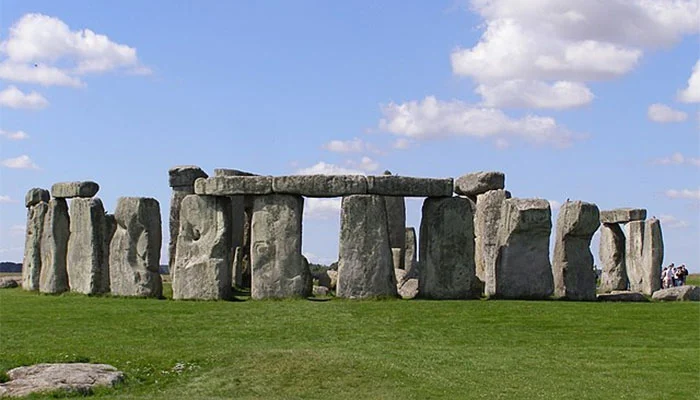Stonehenge, an architectural marvel, has long remained a puzzle for scientists. Located 13 kilometers north of Salisbury in southern England, this historical monument consists of large stones arranged in a circular formation. It is believed to have been constructed around 5,000 years ago, but the purpose of its creation had remained unclear.
However, scientists have now uncovered a possible reason behind its construction. A study published in the Archaeology International journal revealed that Stonehenge was likely reconstructed sometime between 2620 and 2480 BCE. The purpose of this reconstruction appears to have been to unite the ancient British communities that had settled on the land after migrating from Europe.
The study also discovered that during the Neolithic period, people transported stones weighing up to 6 metric tons from a location 435 miles away to the site. Prior research, published in August 2024, suggested that a stone at the center of Stonehenge had been transported from a location hundreds of miles away, now known as northeastern Scotland, around 5,000 years ago. This discovery further supports the idea that ancient Scottish civilizations were connected to the distant region.
Professor Mike Park Pearson of University College London, who was part of the research, stated that the new findings help us understand the purpose of Stonehenge’s construction. He explained that this demonstrates that the Stonehenge site was not only significant to the local population but also to people throughout Britain. In fact, it was so important that people transported heavy stones from hundreds of miles away.
Researchers confirmed that the construction of Stonehenge began around 3000 BCE and continued in several stages. During the reconstruction, the famous Altar Stone was placed at the site. Though its precise date is unknown, experts believe it was likely placed between 2500 and 2020 BCE. During this reconstruction phase, large stones were erected in the outer circle, while stones were placed on top of standing stones in the inner section.
Despite these revelations, many questions remain unanswered, such as the exact purpose of Stonehenge and the Altar Stone. However, it is known that this monument is linked to the movement of the sun during the Summer Solstice and Winter Solstice. Researchers also noted that the stones at the site came from distant regions, and the 900 stones forming circles suggest that Stonehenge was politically and religiously significant—a monument that united the people of Britain.





